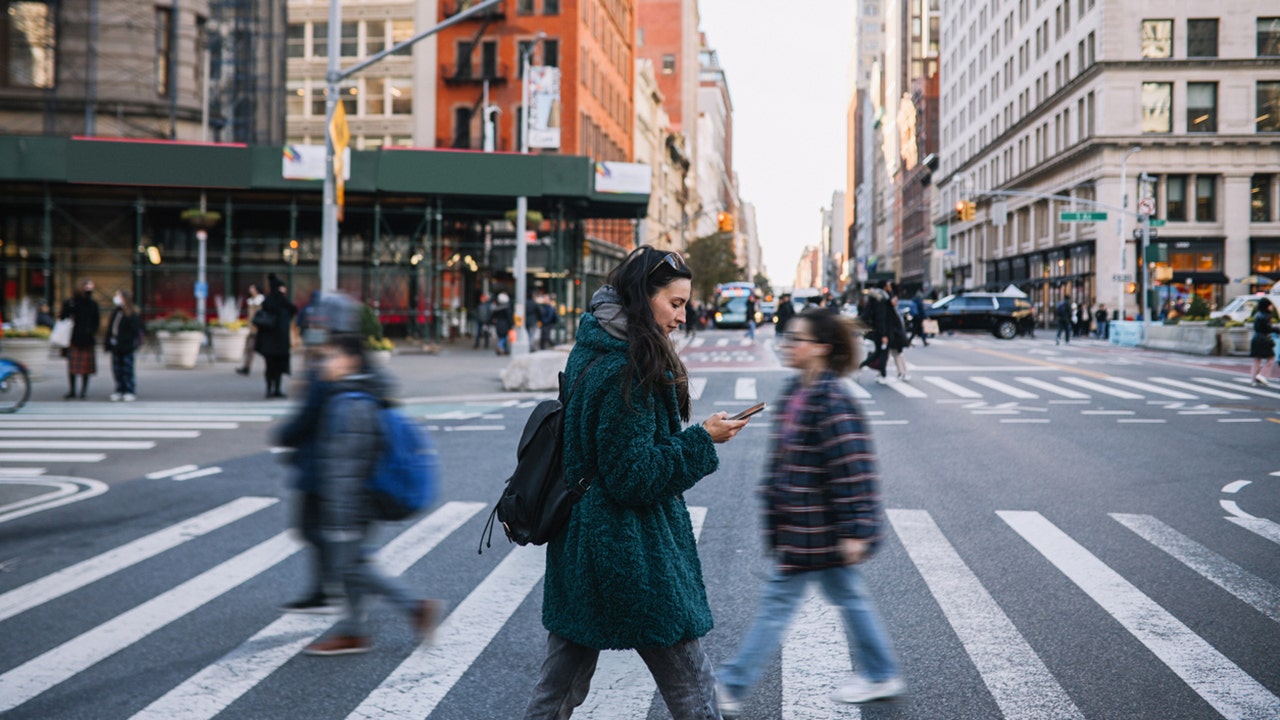A recent study conducted by neuroscientist and engineer Dr. Matthew Brodie and Dr. Yoshiro Okubo at the University of New South Wales in Australia has found that young people are more prone to falling while texting and walking compared to walking without texting. The researchers aimed to investigate the validity of the commonly discussed dangers associated with texting and walking simultaneously.
Dr. Brodie expressed his interest in understanding whether these risks are real or mere speculations, and he wanted to measure the level of risk in a repeatable manner. He noted that on any given day, approximately 80% of individuals, regardless of age, can be observed with their heads down, engrossed in texting.
To conduct the study, the authors selected a group of 50 undergraduate students and placed them in a simulated environment with various “threats” and hazards. For instance, the participants were asked to walk across a walkway with hidden tiles that could slide out, potentially causing them to slip and fall.
During the study, the students were instructed to text messages both while sitting down and while walking. They wore safety harnesses to ensure their protection during the experiment. The researchers asked them to walk without texting initially, and then repeat the walk while texting the sentence “The quick brown fox jumps over the lazy dog.”
By analyzing the walking angles of the participants, the authors determined that the students were more likely to fall when they were texting. The study, which was published in the open access journal Heliyon, also revealed that the accuracy of texting decreased while walking.
Dr. Brodie expressed surprise at the different responses of individuals to the threat of slipping. Some became more cautious and slowed down, while others accelerated in anticipation of a potential slip. He emphasized that these divergent approaches demonstrate the uniqueness of each person, suggesting that multiple strategies may be necessary to prevent accidents caused by texting while walking.
The study demonstrated that people are more prone to slipping while texting compared to walking without texting. However, Dr. Brodie noted that the findings primarily apply to young people, who are more likely to take risks. He proposed the development of technology that could help prevent injuries resulting from texting and walking simultaneously, such as a screen lock mechanism activated by detecting walking activity.
In conclusion, this study provides valuable insights into the dangers of texting and walking, particularly for young individuals. Dr. Brodie’s research highlights the need for innovative solutions to prevent accidents caused by distracted walking.
Denial of responsibility! VigourTimes is an automatic aggregator of Global media. In each content, the hyperlink to the primary source is specified. All trademarks belong to their rightful owners, and all materials to their authors. For any complaint, please reach us at – [email protected]. We will take necessary action within 24 hours.


